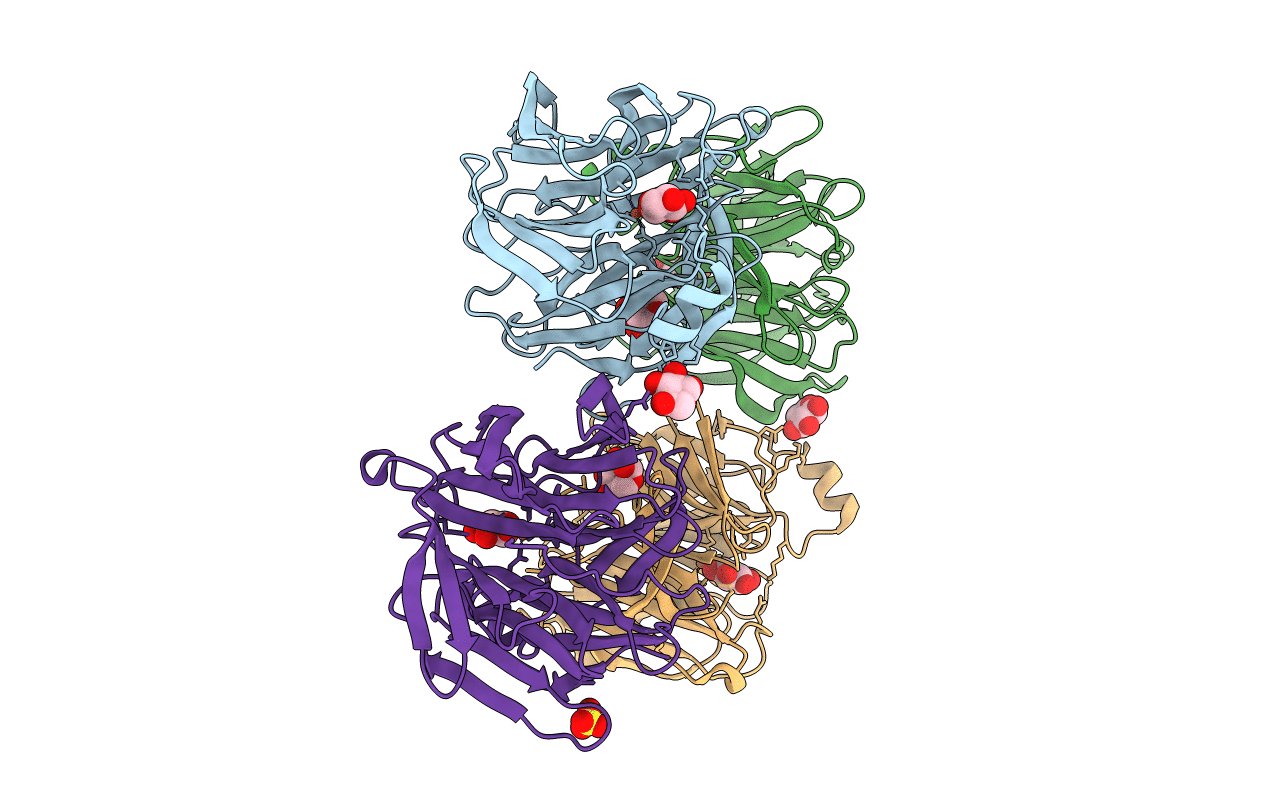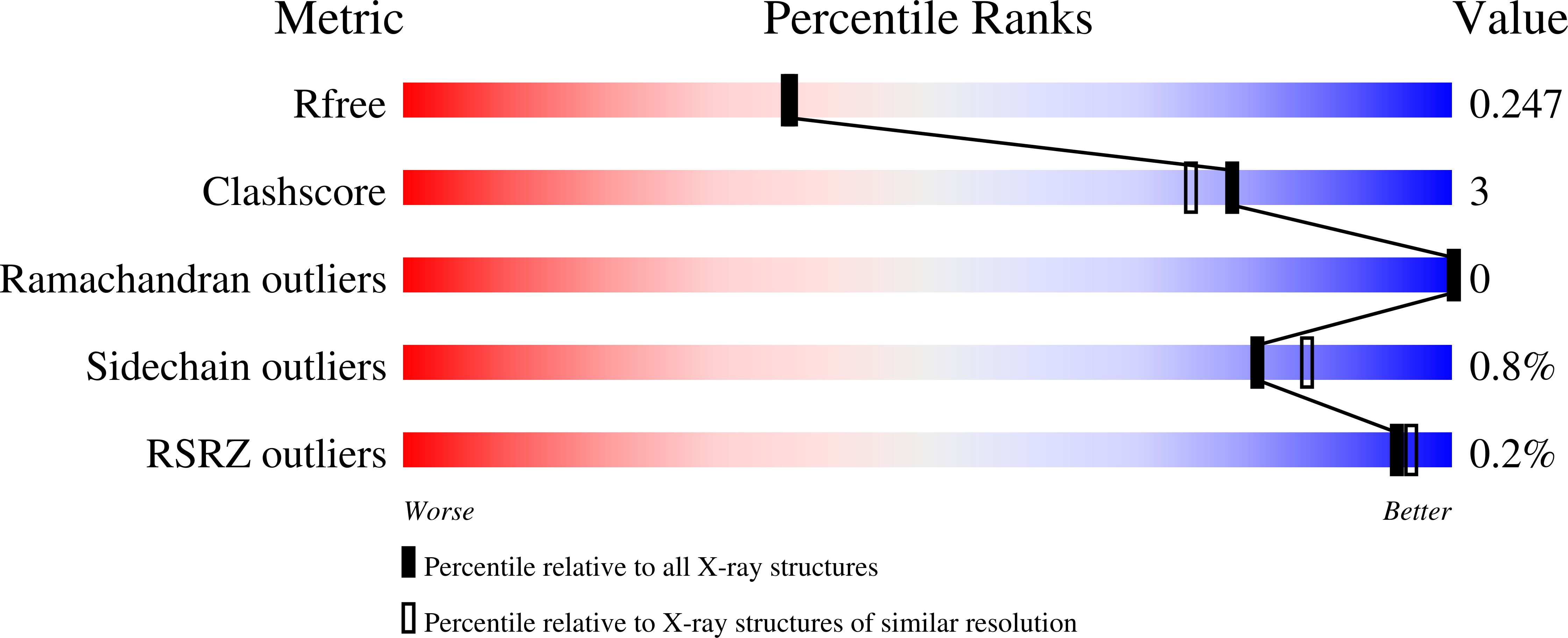
Deposition Date
2021-08-30
Release Date
2021-11-24
Last Version Date
2024-01-31
Entry Detail
PDB ID:
7PLC
Keywords:
Title:
Caulobacter crescentus xylonolactonase with D-xylose, P21 space group
Biological Source:
Source Organism:
Host Organism:
Method Details:
Experimental Method:
Resolution:
2.15 Å
R-Value Free:
0.25
R-Value Work:
0.19
R-Value Observed:
0.20
Space Group:
P 1 21 1


